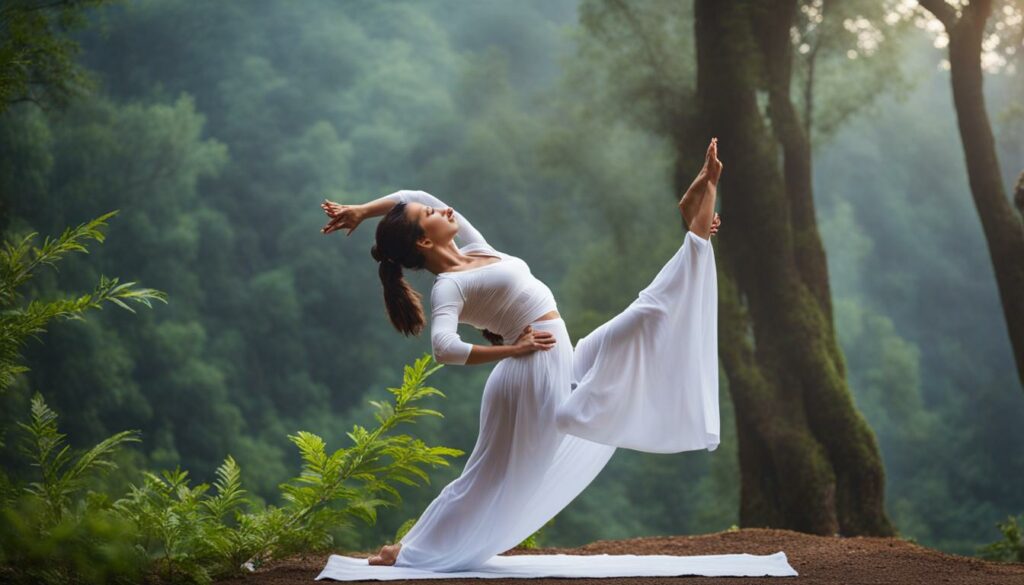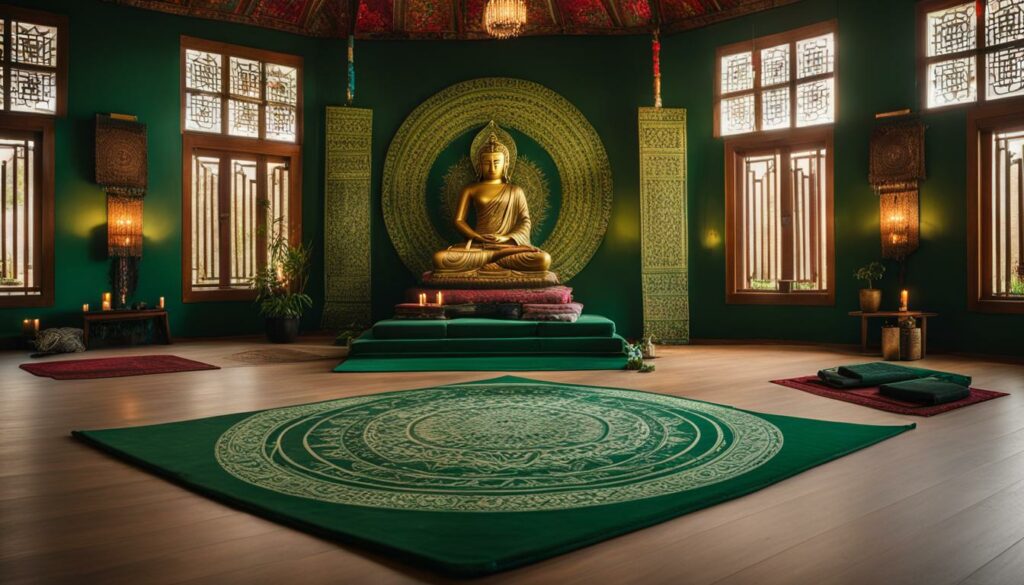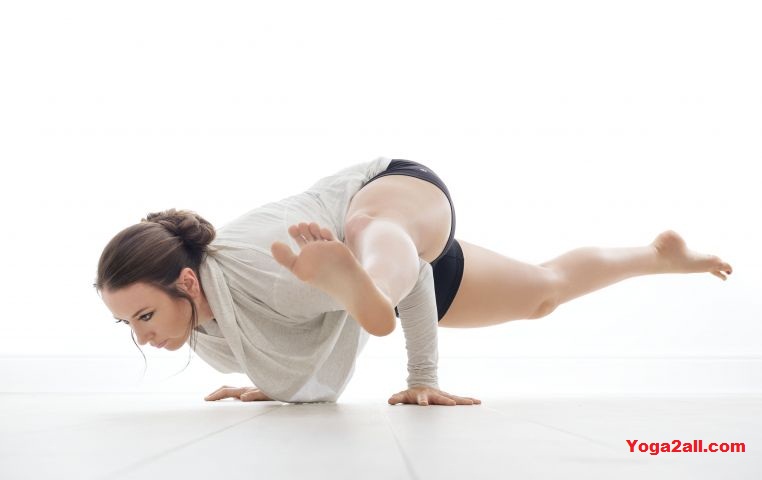10 Reasons Why We Love Jivamukti Yoga
Jivamukti Yoga is one of the most powerful and structured practices for one to experience yoga. It does not shy away from the spiritual aspects of the practice, and can be both physically and emotionally challenging. Each open class starts with opening chants, followed by teachers sharing their personal stories as well as teachings from the founders of the practice. Its signature flow of music then kicks in to cheer you along vigorous flows of yoga sequences. The best bit? Proper meditation that lets you be. It is a practice that is loved and respected by many around the world and is definitely one of our favourite forms of yoga practice. Just be warned – it can be addictive!
Here are the 10 things that make us fall in love with the practice.
1. Picking the right class
There are a few types of classes you can choose from, especially if you are new to Jivamukti: the basic class, the spiritual warrior and the open class. The basic class is usually part of a 4-week course that allows someone to learn the basics of yoga. The spiritual warrior class allows those who are short of time to practise within an hour. An open class comprises of a 90-minute session that encompasses the 5 core tenets of the Jivamukti practice. From learning more about ancient scripture (Shastra), to offering your intent of devotion (Bhakti), the practice also focuses on practising kindness to others and yourself (ahimsa). We especially love the focus on music (nada) and meditation (dhyana). There are centres all around the world.
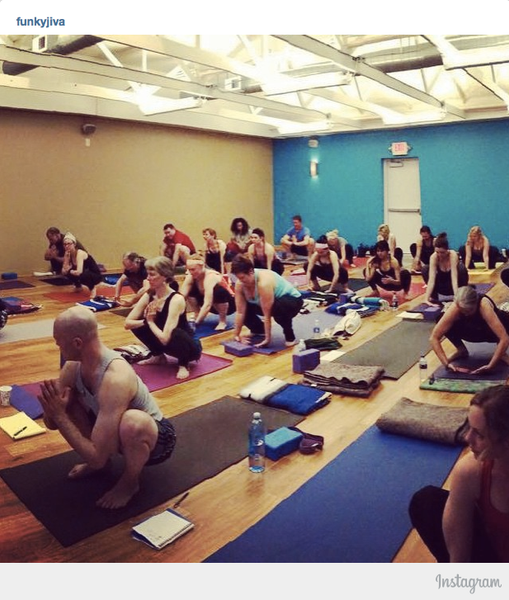
2. To chant or not to chant
What we love about Jivamukti yoga is the richness of the practice. Many teachers start their practice with a scripture of choice, demonstrated in a form of chanting and reading. Even if you are not used to chanting, it is a great way to experience by being in a room of people who are comfortable doing so. Use it as a chance to immerse yourself in the vibes of music and let go a little.
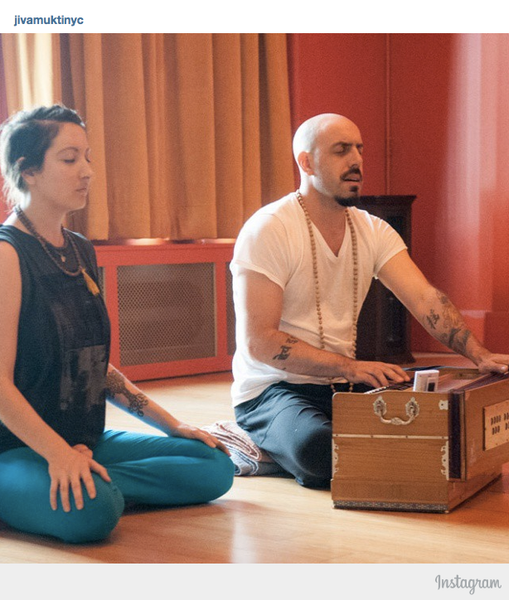
(Photo via instagram.com/pashupayogi)
3. On being authentic in their own way
One thing that sets Jivamukti yoga apart is their founders. Apart from being founded with a nice, balanced partnership between Sharon Gannon and David Life, it also embraces the spiritual aspects of the practice. And in return, students love the practice more because it enriches not just their bodies, but also spirits. Every month, the founders update their focus of the month. This cascades to teachers around the world, and the resulting energy, if you believe such a thing exists, is pretty magical.
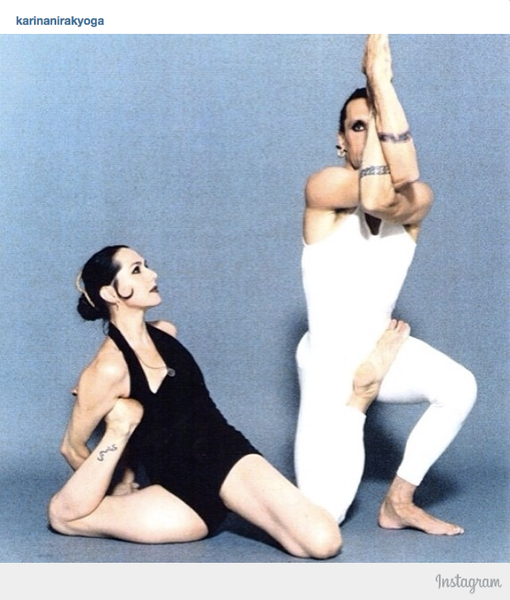
4. Striking the balance
Do not be deluded that Jivamukti classes are easy. After learning more about the focus of the month through the teacher and opening up with the chanting, most classes then move on to warm-up exercises and a tremendously energetic flow of sequences. The great thing about Jivamukti classes is that they are less rigid than Ashtanga sequences which are usually followed religiously but are more structured than most Hatha classes where one teacher’s sequence can be wildly different from that of another. We love that each teacher at the Jivamukti studio incorporates their interpretation of the main sequence, but still offers a sense of focus, and at times variations, for individuals to develop and grow.
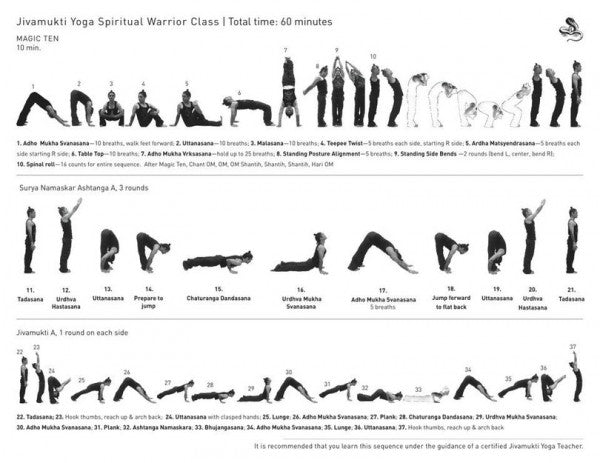
5. Who thought music in yoga class can be… that good?
We thought we were yoga ‘purists’ and preferred to practise without music… until we started going to Jivamukti class! Perhaps because both Gannon and Life are musicians, music is essential to the practice. From the moment the physical sequence begins, most teachers would start playing energising, soulful music of their choice (and yes, sometimes pop music, too!).
We have to confess, it feels pretty good when the whole class moves and grooves with you!
6. If you don’t try, you’ll never do it
One of the most surprising things for us is the emphasis on trying. During an open class, many postures are practiced to warm yourself up for forearm stand (Pincha Mayurasana) and handstand and you are encouraged to jump and try. Make sure you let your teacher know where you are with your practice. One of us made the mistake of jump-starting pincha and over-extended the shoulders. It was not a big problem, but we could have avoided that if we had chosen to listen to ourselves more.
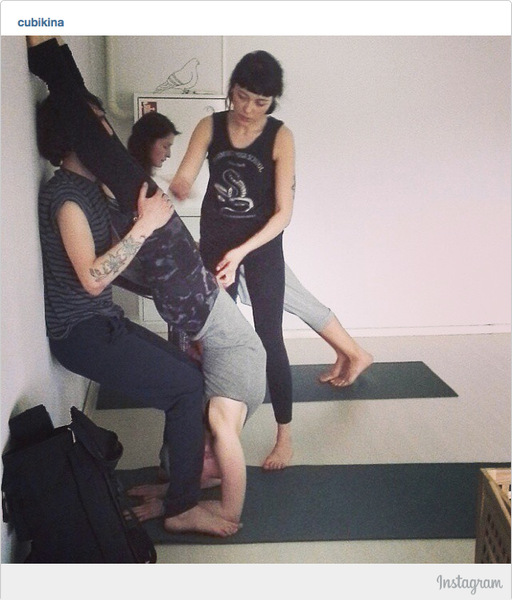
7. Hands-on adjustments, and plenty of massage…
Perhaps because of the influence of practising with Pattabhi Jois who popularised Ashtanga yoga in the West, Jivamukti yoga thrives on physical adjustments. In every class, the teacher will start with one student and work his/her way up to adjust everyone in the class. And if you fancy, you can book an in-class private session.
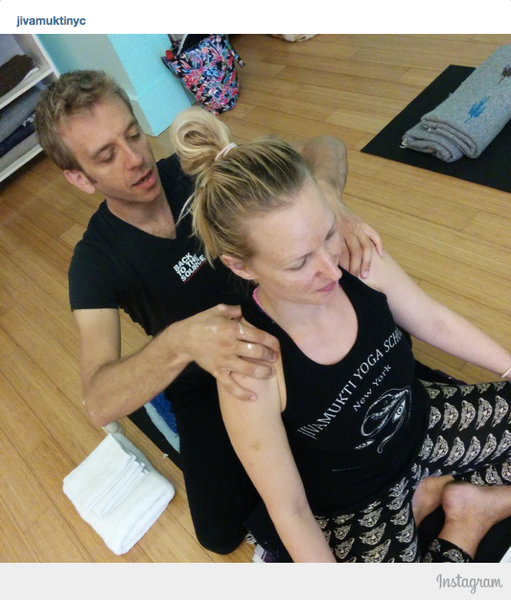
(Photo via instagram.com/yogastickler)
For about US$120 per hour, you will have a teacher adjusting every move of your practice – with additional massage to ensure you enjoy the most blissful Savasana (corpse pose) ever. Don’t worry if you are not prepared for that much though! Even for regular students, there are plenty of teachers who bring in aromatic oil and give them head and neck massage, plus shoulder adjustments while you are in Savasana. Hmmm… Heaven.
8. Dare to be different
Having founded Jivamukti yoga in NYC, Sharon Gannon and David Life remain two of the leading forces who revolutionised yoga in the West from being a form of gym exercise to a spiritual and physical practice that is both holistic and compassionate. We love how Gannon recounted to her friends that the Jivamukti studio started in the heart of NYC with no air-conditioning and that they Om-ed and chanted in classes*. Surprisingly so, people from all walks of life flocked to become their students, looking for a soulful refuge in times of change and uncertainty. Gannon and Life provided a sense of humility, spirituality, and grounding – rare qualities at the time and rare even today.
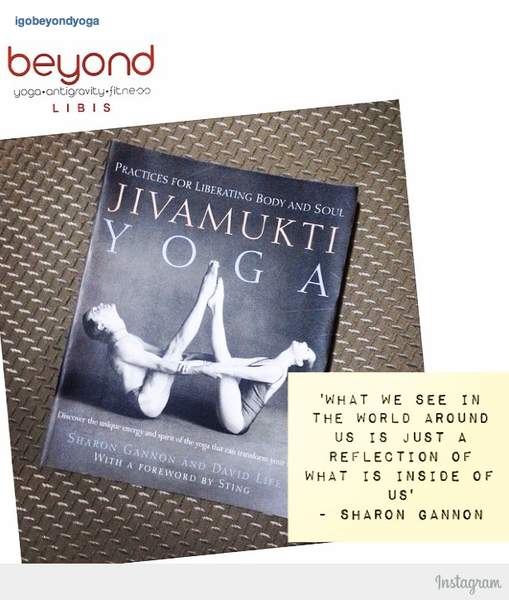
9. Speaking the truth
Jivamukti yoga does not stop at just asanas (physical practices). It is proud of its beliefs and activism. As a strong advocate for veganism and environmentalism, Gannon creates many delicious recipes that involve no animal products. At the Jivamuktea Cafe, one can also sample many scrumptious dishes that are good for both your body and your soul.
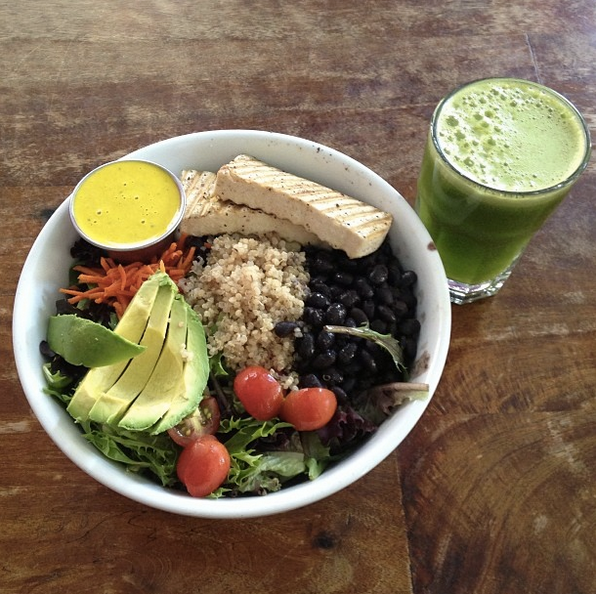
10. Preparing for your first practice
Can’t wait to try out Jivamukti yoga? Here are a few things to keep in mind before your first class:
The studios provide mats and towels, although you may save a few dollars/pounds if you bring your own.
In their New York headquarters, there are shower facilities in the changing rooms. Although be warned, there are no clear signs for hair dryers and there is only one shower in the ladies’ bathroom for those with lovely locks.

There is only one shower at the Jivamukti studio in NYC, but it’s always clean and the wait is never that long

The shower is always clean, but there is only room for one. There is coconut soap but no shampoo or conditioner
Do not, we repeat, do not practice on a full stomach! Jivamukti yoga is vigorous and you may get a bit of indigestion if you have previously eaten.
Make sure you let the teachers know about any injuries or quirks before the class as most teachers seem not to make a point of asking beforehand.
If you are practising in NYC, try the vegan taco toast with an enlightened smoothie after class. Divine combo. Boom.
[……]


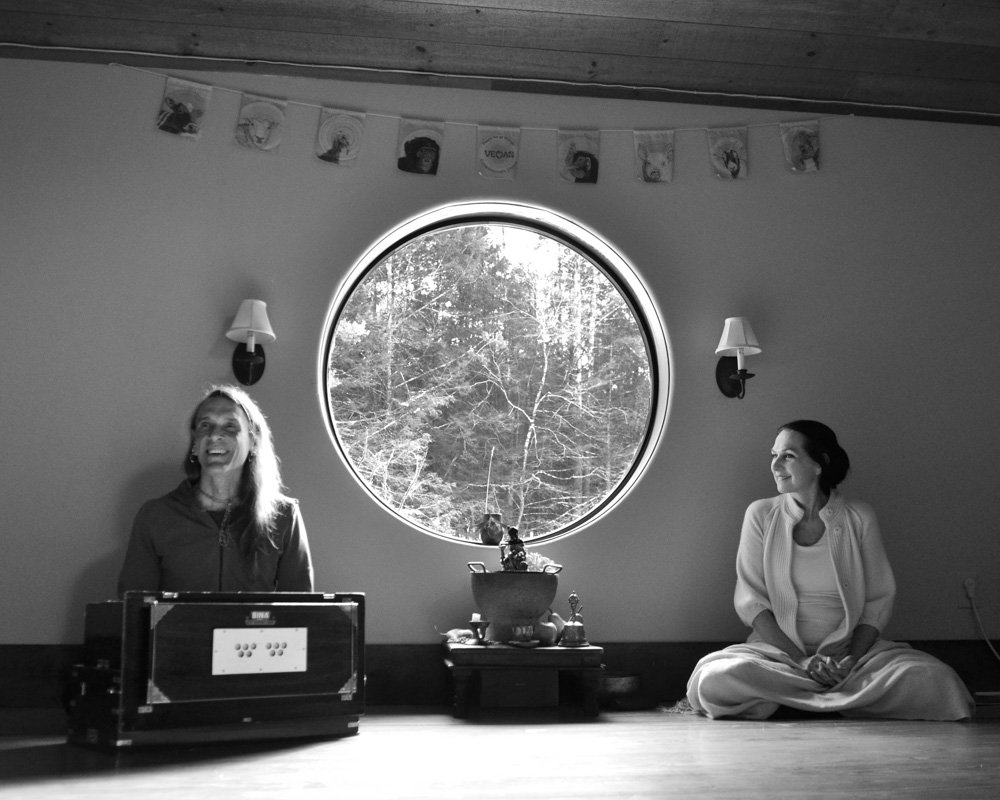

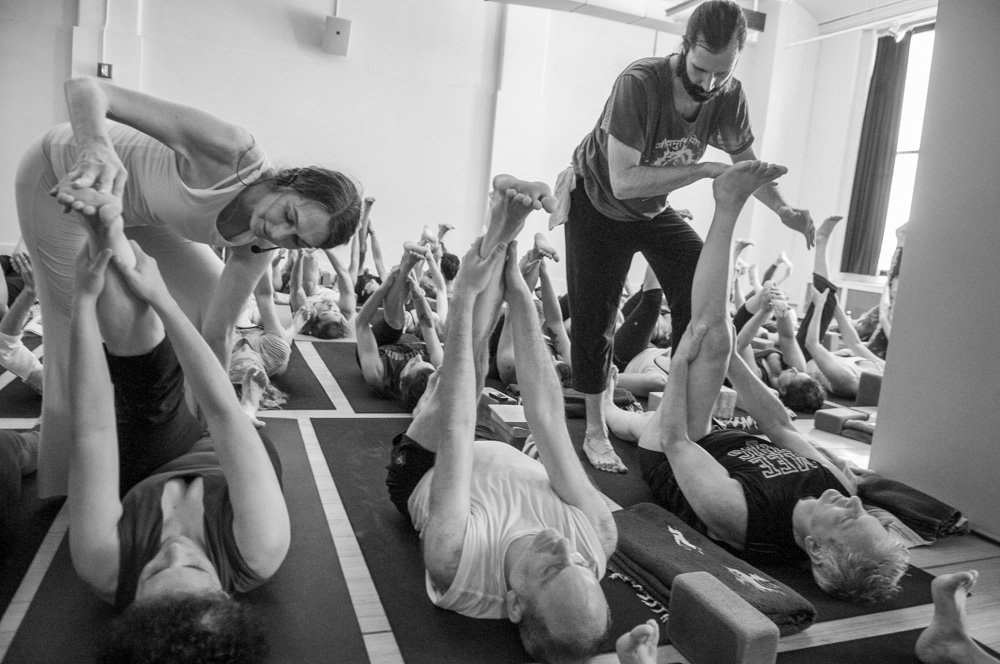
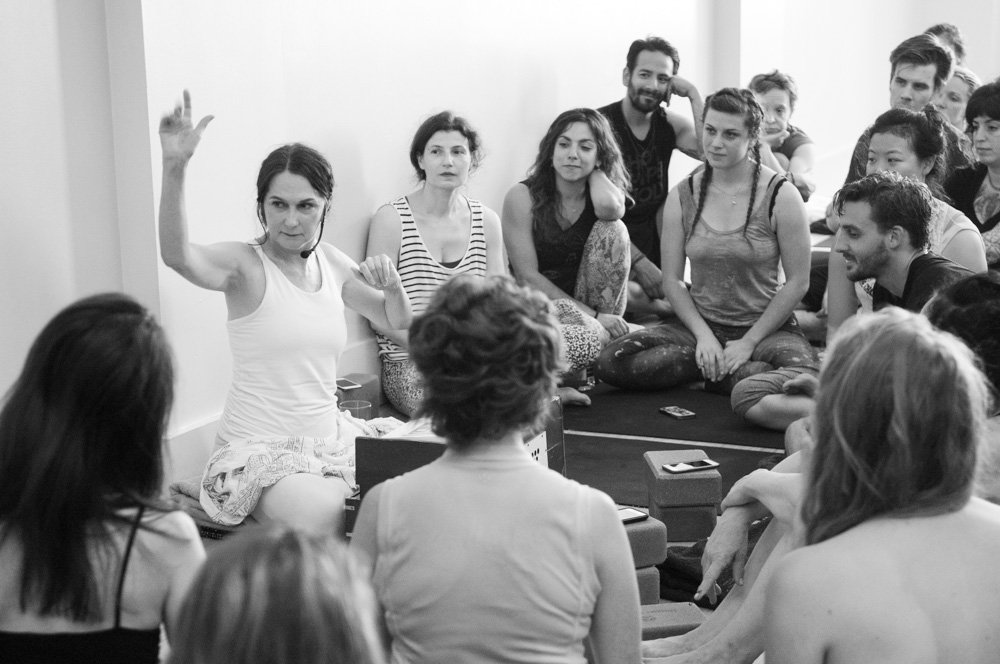
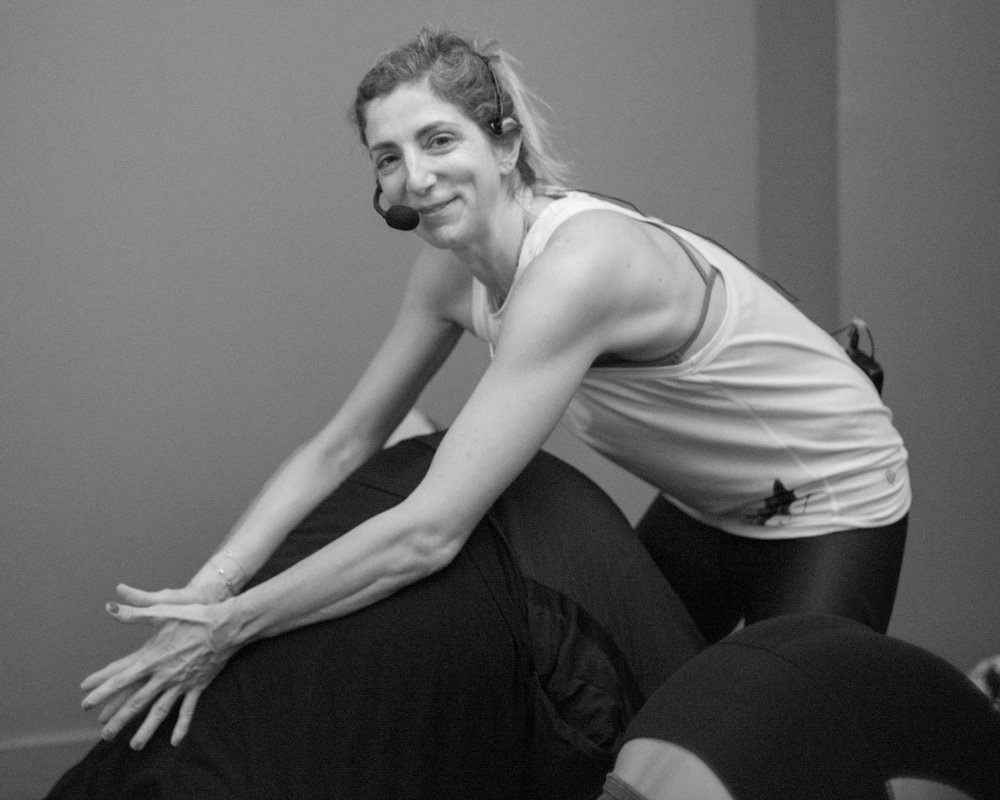
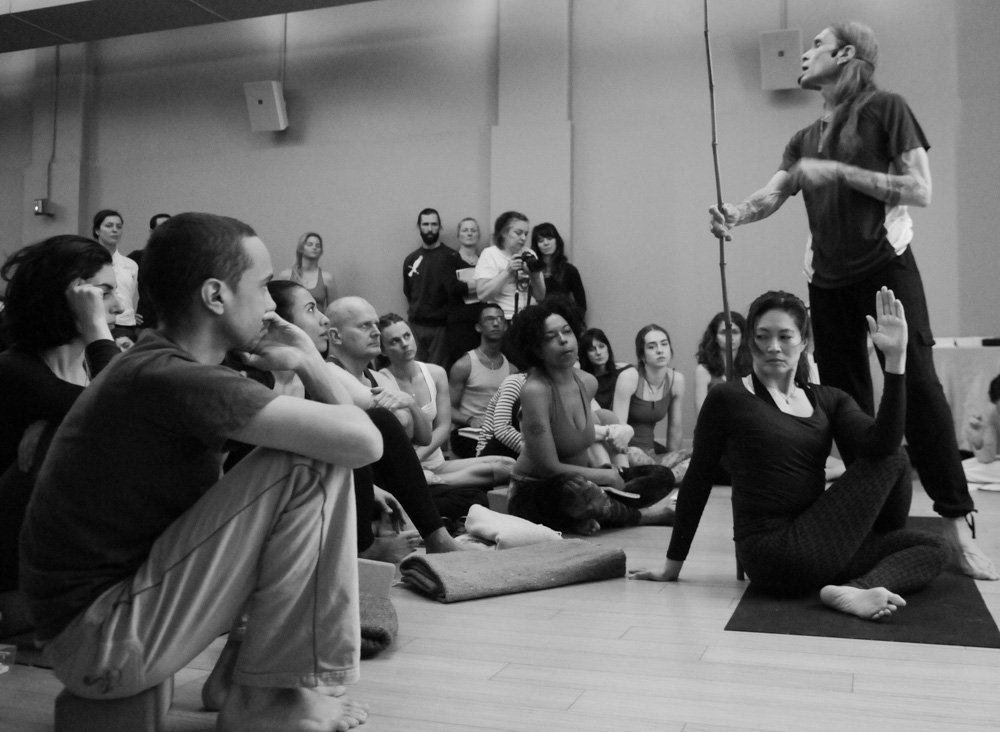
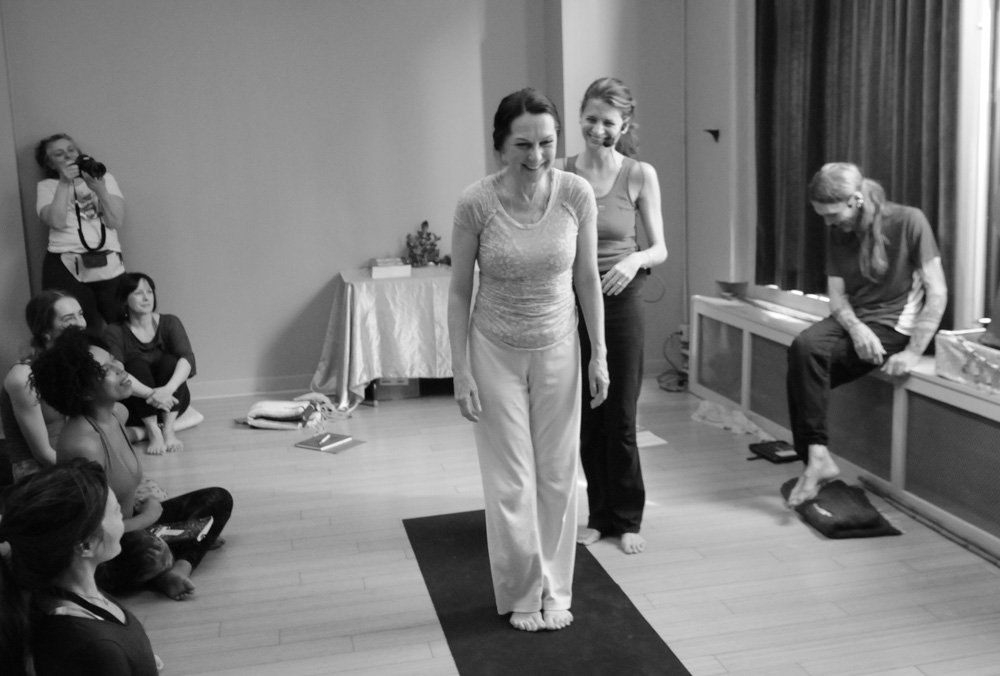
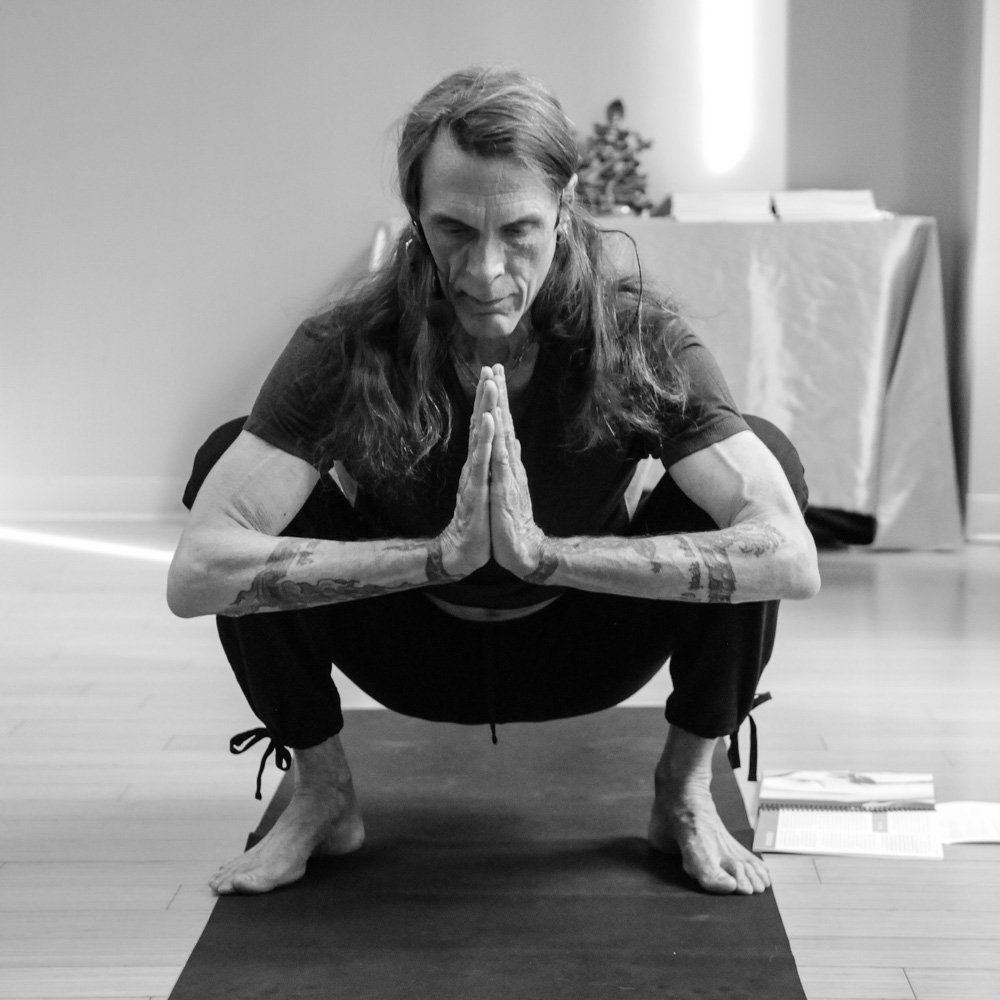
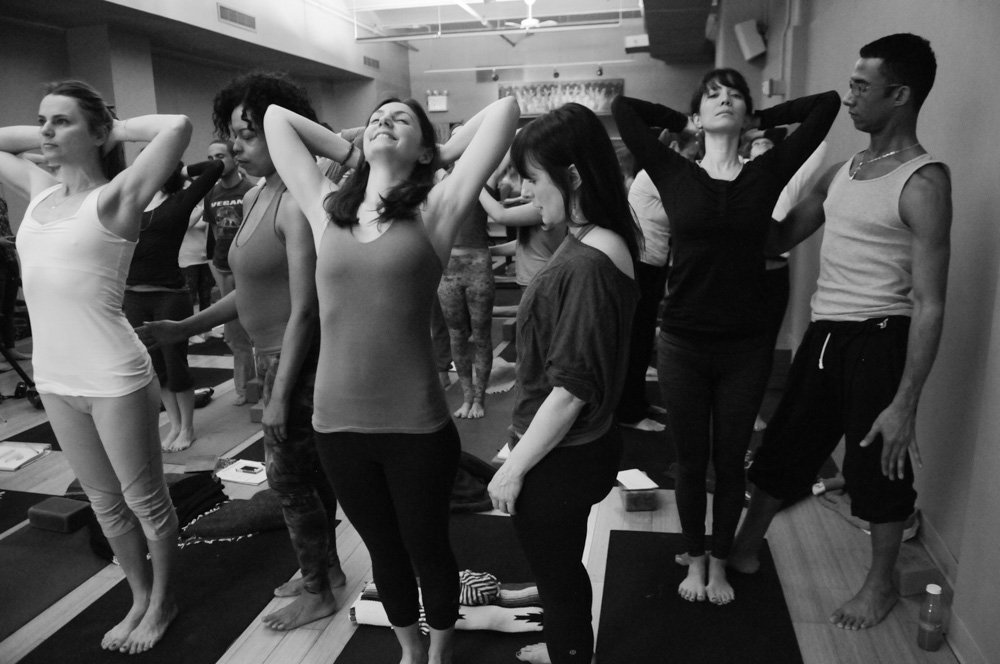
 [……]
[……]
